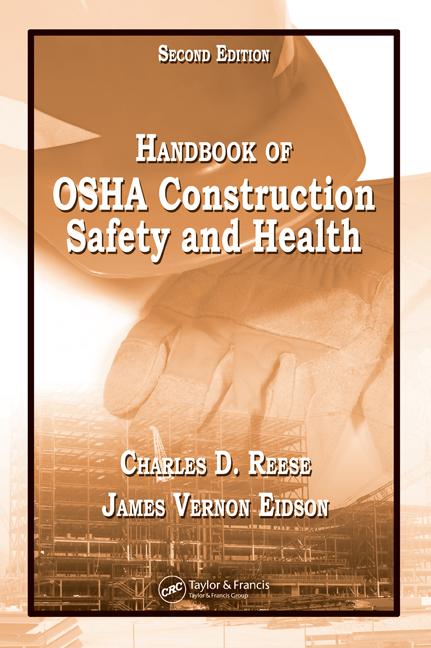Respiratory Protection: The average OSHA fine is $629.58

Fabricated metal product manufacturers had the most trouble with respiratory protection compliance, being penalized $274,797 for 435 citations, or $631.72 per citation. Close behind were specialty trade contactors, penalized $261,689 for 398 citations. Other industries with more than $100,00 in penalties for respiratory protection standard citations: repair and maintenance ($112,449); nonmetallic mineral product manufacturing ($116,070); transportation equipment manufacturing ($101,448); chemical manufacturing ($117,208); and primary metal manufacturing ($114,458).
Regulatory requirements
OSHA’s respiratory protection standard 1910.134 broadly states: “In the control of those occupational diseases caused by breathing air contaminated with harmful dusts, fogs, fumes, mists, gases, smokes, sprays, or vapors, the primary objective shall be to prevent atmospheric contamination. This shall be accomplished as far as feasible by accepted engineering control measures (for example, enclosure or confinement of the operation, general and local ventilation, and substitution of less toxic materials). When effective engineering controls are not feasible, or while they are being instituted, appropriate respirators shall be used pursuant to this section.
“A respirator shall be provided to each employee when such equipment is necessary to protect the health of such employee. The employer shall provide the respirators which are applicable and suitable for the purpose intended. The employer shall be responsible for the establishment and maintenance of a respiratory protection program.
“A written respiratory protection program requires worksite-specific procedures and elements for respirator use. The program must be administered by a suitably trained program administrator. The program shall be updated as necessary to reflect those changes in workplace conditions that affect respirator use. The employer shall include in the program the following provisions of this section, as applicable:
- Procedures for selecting respirators for use in the workplace;
- Medical evaluations of employees required to use respirators;
- Fit testing procedures for tight-fitting respirators;
- Procedures for proper use of respirators in routine and reasonably foreseeable emergency situations;
- Procedures and schedules for cleaning, disinfecting, storing, inspecting, repairing, discarding, and otherwise maintaining respirators;
- Procedures to ensure adequate air quality, quantity, and flow of breathing air for atmosphere-supplying respirators;
- Training of employees in the respiratory hazards to which they are potentially exposed during routine and emergency situations;
- Training of employees in the proper use of respirators, including putting on and removing them, any limitations on their use, and their maintenance; and
- Procedures for regularly evaluating the effectiveness of the program.”
|
Sponsor: (877) 720-7770 |
Looking for a reprint of this article?
From high-res PDFs to custom plaques, order your copy today!









